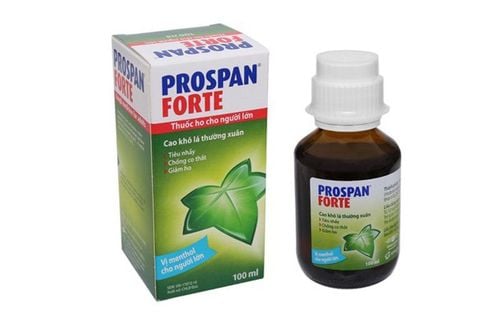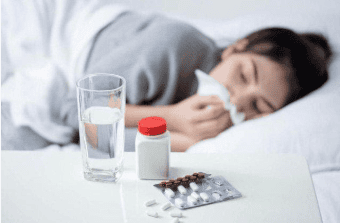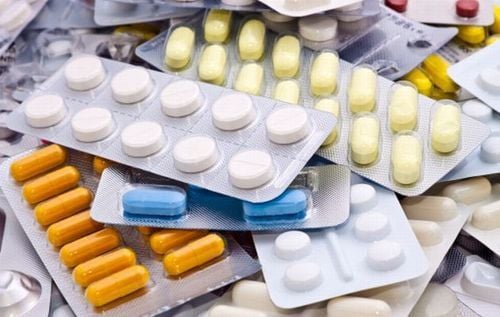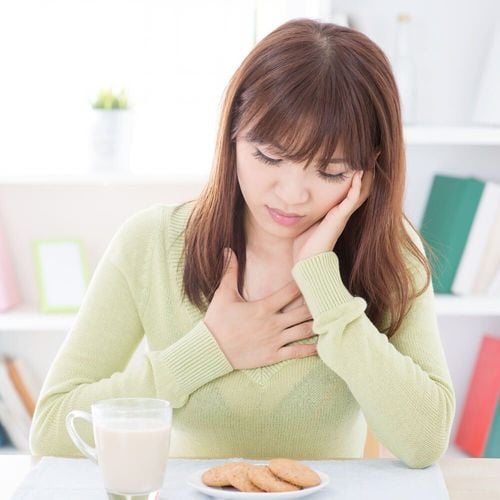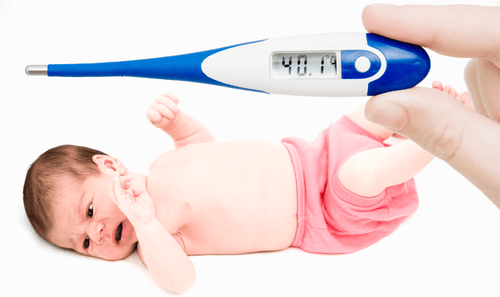This is an automatically translated article.
The article was professionally consulted by MSc.BS.Huynh Bao Toan - Neonatologist, Vinmec Nha Trang General Hospital and Doctor II Cao Thi Thanh - Pediatrics - Neonatology Department, Vinmec General Hospital Hai Phong.Headache, nausea, and cold are common symptoms in children, but parents are confused about what disease it is and how to treat it? To remove questions about this phenomenon, let's find the answer in the article below!
1. Causes of headaches, nausea and cold in children
1.1. Due to gastrointestinal problems
Manifestations: Children have signs of headache, nausea, chills and accompanying symptoms:Abdominal pain: Epigastric region, hypogastrium, right iliac fossa, left iliac fossa; sharp, dull, or sudden severe pain. Diarrhea: Solid or liquid stools; If stools are loose, determine whether stools are present or water-only; Stool color; is there blood, is there a fishy smell, is there a musty smell? Nausea and vomiting: Does the baby vomit; Nature of vomiting: vomiting, nausea and vomiting slowly, not suddenly; What substance is vomiting, is there blood, is there any pain relief after vomiting? Digestive disorders, inflammation of the small intestine, and gastrointestinal infections all share common symptoms of digestive problems. Treatment: You can give your child oresol, coconut water with a little salt added if the child has diarrhea. The problem that is often overlooked is ensuring nutrition. Pain reliever and fever reducer: Paracetamol 500mg or efferalgan 500mg dose 15mg/kg each time, 6-8 hours apart. Drugs that support the expulsion of food from the stomach faster, anti-flatulence, anti-emetic: Domperidon, Dizzo. Headaches cold nausea often appear in children with digestive problems
Trắc nghiệm: Nhận biết sớm dấu hiệu chậm phát triển thể chất và trí tuệ ở trẻ
Nếu 6 tuổi không biết đếm số, 7 tuổi vẫn chưa phân biệt được giữa thực tế và tưởng tượng thì có thể bé chậm phát triển thể chất và trí tuệ hơn so với bạn bè cùng lứa. Bạn đã nhận biết được các dấu hiệu bất thường sớm này chưa? Cùng làm nhanh bài trắc nghiệm sau để trang bị thêm kiến thức cho mình nhé!
The following content is prepared under supervision of Thạc sĩ, Bác sĩ y khoa, Ma Văn Thấm , Nhi , Phòng khám Đa khoa Quốc tế Vinmec Dương Đông(Phú Quốc)
1.2. Food poisoning
Manifestations: Food poisoning can cause headaches, nausea, low-grade fever, abdominal pain and cramps, diarrhea, loss of appetite, weakness. Toxins can affect the nerves or because of dehydration, the child feels a headache.With common types of food poisoning, children usually get better within a few days most of the time, they don't need any treatment. But your child will need antibiotics for some types of bacterial food poisoning, such as listeria.
Treatment direction: The most common complication of food poisoning is dehydration. Your child needs medical attention if he or she is not getting enough fluids because of vomiting or diarrhea. Certain types of food poisoning, such as those caused by E. coli, botulinum, and salmonella, can cause more serious complications.
One of the best ways to prevent headaches, nausea, and colds from food poisoning is to wash your hands often, especially while preparing food.
Headache and nausea is an important symptom in food poisoning.
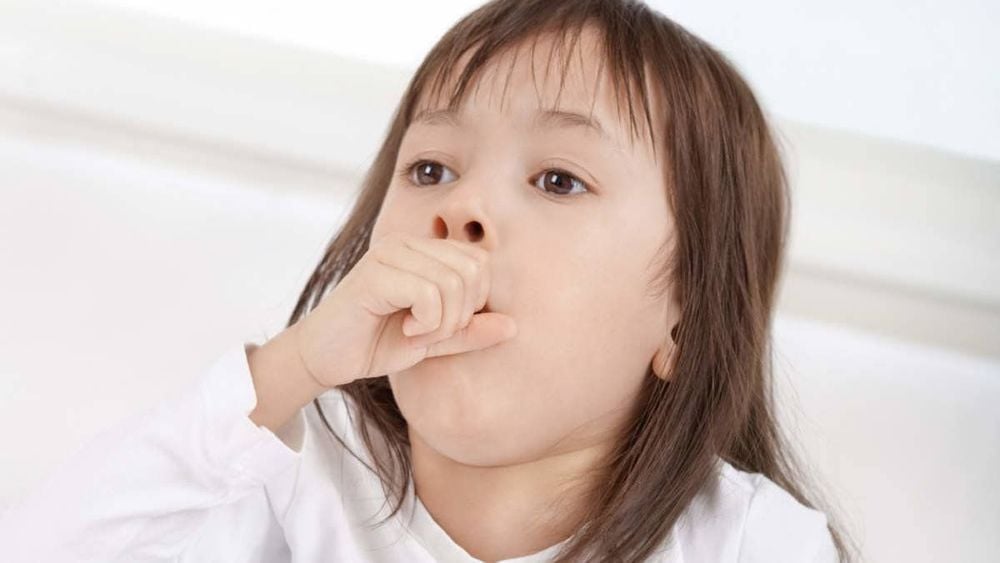
1.3. Respiratory infections, colds
After the child goes out in the sun, gets soaked in the rain or goes to a crowded place where someone has a sore throat, rhinitis, pneumonia, etc., the child feels headache, dizziness, nausea, fatigue. This is an acute condition that should determine the child's temperature.Other symptoms may be accompanied by:
Cough: dry cough or dry cough at first and then cough with sputum. Runny nose: clear or cloudy, yellow or green. Sore throat, itchy throat, itchy ears. Treatment direction:
Treatment can be fever, pain relief, antibiotics and rest, drink lots of water, eat easily digestible food but must eat enough to ensure nutrition.
If the child has pre-existing lung disease such as congenital lung disease and has the above symptoms, go to the hospital for examination to determine the extent of the disease and the most appropriate treatment for the child.
Do not ignore the symptoms of headache and nausea in respiratory infections.
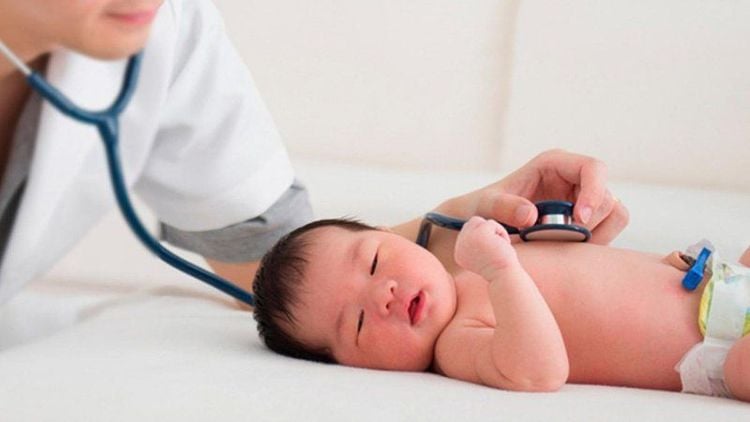
1.4. Aseptic or viral meningitis in children
Symptoms of meningitis: neck pain and stiffness, confusion, fatigue, sensitivity to light, muscle pain, nausea and vomiting, and seizures.Symptoms that begin 3 to 7 days after exposure to the pathogen can come on slowly or quickly and often follow a cold, diarrhea, or other infection. Most cases of aseptic meningitis go away completely in 5 to 14 days with rest, plenty of fluids, and over-the-counter pain relievers and fever reducers.
What to do: Any sign of headache, nausea, or dizziness due to meningitis is always a medical emergency. The symptoms of aseptic meningitis are often the same as those of bacterial meningitis, and are life-threatening if left untreated.
Bacterial meningitis can cause seizures, strokes, and death. Therefore, you should take your child to a medical facility immediately if you have symptoms of meningitis.
Headache nausea and chills are important symptoms in meningitis.
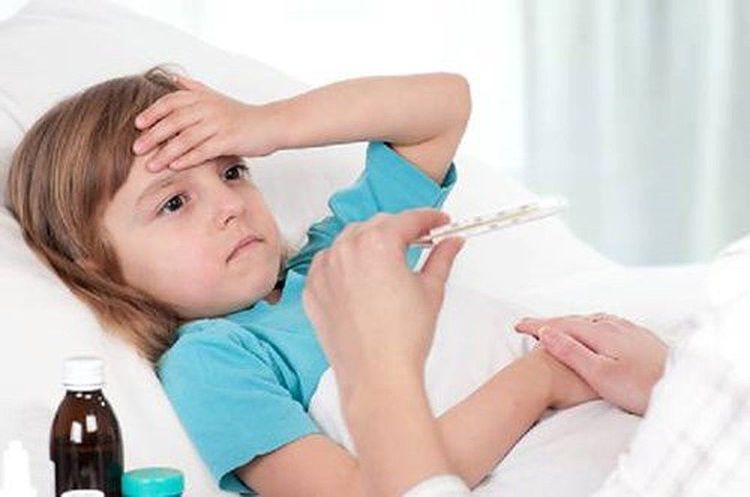
1.5. Encephalitis
Headache, nausea, and chills can also occur in encephalitis (infection of the brain). Encephalitis occurs when the brain, spinal cord, or membranes that surround them become inflamed. A brain infection can be life-threatening for a child, so it's important to get to the hospital right away. Viruses and bacteria that cause less common brain infections include fungi and parasites. Brain infections can cause drowsiness, fever, headache, neck pain and stiffness, nausea, fatigue, confusion, sensitivity to light, seizures, loss of consciousness, and coma. Infants may have bulging fontanelles. Newborns may be particularly irritable, fussy, sleepy, and may refuse to feed.Treatment direction:
Treatment depends on the cause and scope, must be treated as an inpatient at the hospital. If headaches, nausea, and chills are accompanied by neurological symptoms, take your child to the hospital immediately. Headache, nausea, and chills are signs that should not be ignored in encephalitis.
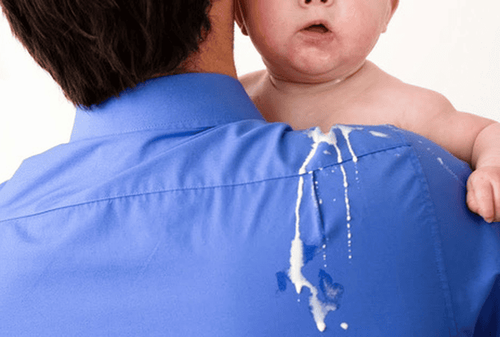
1.6 Lead Poisoning
Symptoms of lead poisoning include:Abdominal pain, nausea, vomiting Cramps, weakness or pain in muscles or joints. Constipation, pale skin. Convulsions or coma. Extreme fatigue, irritability, difficulty concentrating, loss of appetite. Weight loss and metallic taste in mouth. May cause trouble sleeping, stomach cramps or anemia. . Lead can damage almost all parts of the body, and cause problems such as decreased IQ and slowed body growth. Young children are at risk for lead poisoning because their nervous systems are more sensitive to lead than adults.
Disposal direction: The most important thing is to remove all sources of lead. In severe cases, chelation therapy can help remove lead from the body.
Lead poisoning also has symptoms of headache and nausea
1.7. Carbon monoxide poisoning
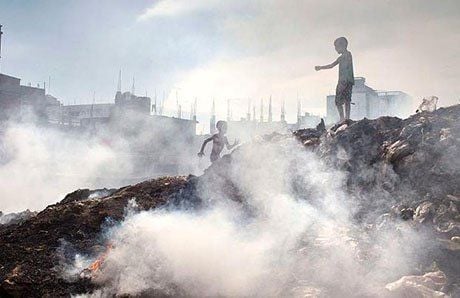
Carbon monoxide poisoning can cause headaches, dizziness, nausea and vomiting. Symptoms are often described as flu-like, making it easy to confuse. The first sign of carbon monoxide poisoning is usually a dull headache. These symptoms subside when the child is moved away from the high CO area.
What to do: You may not realize your child has carbon monoxide poisoning, because the symptoms are similar to other illnesses. And the treatment needs to be done by medical staff.
Carbon monoxide poisoning can cause headaches, dizziness, nausea and vomiting in children
Thus, just three very familiar symptoms of headache, nausea, and chills can be warning signs in children. suffering from many dangerous diseases. Therefore, we should not underestimate these simple phenomena, always observe and take the child to reputable medical facilities for appropriate examination and treatment. Parents can bring their children to Vinmec International General Hospital because this is a key area of Vinmec Health system, Pediatrics Department always brings satisfaction to customers and is highly appreciated by industry experts. With:
Gathering a team of leading doctors and nurses in Pediatrics: including leading experts, highly qualified (professor, associate professor, doctorate, master), experienced, each Working in big hospitals like Bach Mai, 108.. The doctors are all well-trained, professional, have a heart - reach, understand young psychology. In addition to domestic pediatric specialists, the Department of Pediatrics also has the participation of foreign experts (Japan, Singapore, Australia, USA) who are always pioneers in applying the latest and most effective treatment regimens. . Comprehensive services: In the field of Pediatrics, Vinmec provides a series of continuous medical examination and treatment services from Newborn to Pediatric and Vaccine,... according to international standards to help parents take care of their baby's health from birth to childhood. from birth to adulthood Specialized techniques: Vinmec has successfully deployed many specialized techniques to make the treatment of difficult diseases in Pediatrics more effective: neurosurgery - skull surgery, stem cell transplantation. blood in cancer treatment. Professional care: In addition to understanding children's psychology, Vinmec also pays special attention to the children's play space, helping them to have fun and get used to the hospital's environment, cooperate in treatment, improve the efficiency of medical treatment. If you have a need for consultation and examination at Vinmec Hospitals of the national health system, please book an appointment on the website for service.
Please dial HOTLINE for more information or register for an appointment HERE. Download MyVinmec app to make appointments faster and to manage your bookings easily.







